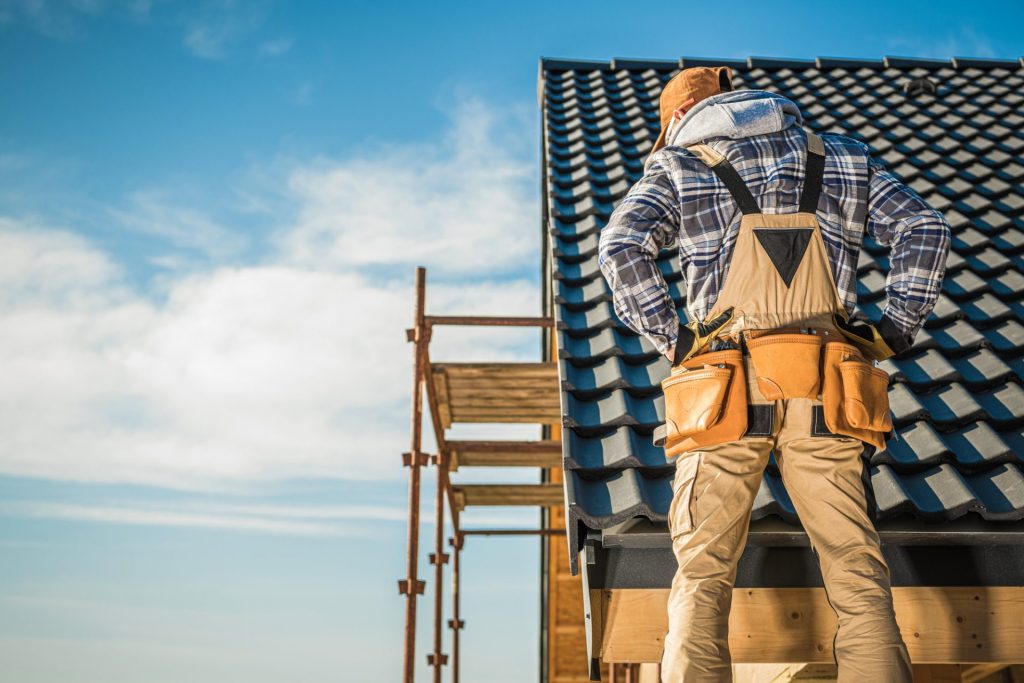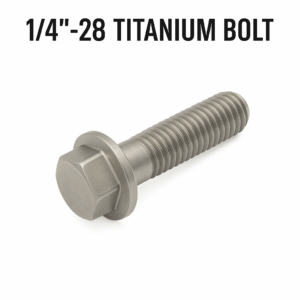In modern manufacturing, galvanized steel stamping plays an increasingly vital role in industries that demand both cost efficiency and long-term durability. From automotive body components to construction hardware and electrical housings, galvanized steel stampings provide a unique balance of corrosion protection, formability, and cost-effectiveness.
This article takes a deep dive into galvanized steel stamping: what it is, how it is made, where it is applied, and why it continues to grow in importance in today’s global industrial landscape.
What Is Galvanized Steel Stamping?

Galvanized steel stamping refers to the process of fabricating components from galvanized sheet steel using stamping techniques such as blanking, punching, bending, deep drawing, or progressive die stamping.
-
Galvanized steel is carbon steel that has been coated with a protective layer of zinc, typically through hot-dip galvanizing 또는 electro-galvanizing.
-
The zinc layer serves as both a physical barrier against corrosive agents and as a sacrificial coating: even if scratched, the zinc will corrode preferentially, protecting the underlying steel.
The stamping process transforms flat galvanized sheet into functional parts with precise geometries, making it ideal for high-volume production of durable components.
Key Properties of Galvanized Steel
-
내식성
Zinc coating provides long-lasting protection against rust and oxidation, particularly important in outdoor and high-moisture environments. -
Cost-Effectiveness
Compared to stainless steel, galvanized steel offers good corrosion resistance at a fraction of the cost. -
Formability
Galvanized steel sheets are available in different grades with controlled coating thicknesses, allowing for excellent formability during stamping. -
Sacrificial Protection
Even if the zinc layer is scratched, zinc corrodes preferentially, extending the service life of the steel. -
Weldability & Paintability
Modern galvanizing technologies ensure that galvanized steel can be welded, painted, or powder coated with proper surface treatment.
The Galvanized Steel Stamping Process
The stamping process follows a series of steps designed to ensure precision, consistency, and durability:
-
Material Selection
Choosing the correct galvanized steel grade and coating weight (G30–G90 or higher) depending on application requirements. -
Blanking & Cutting
Sheets are cut into blanks of specific size and shape. Advanced laser cutting or die cutting methods are used for efficiency. -
Forming Operations
-
Punching: Creating holes or cutouts.
-
벤딩: Shaping sheets at specific angles.
-
Deep Drawing: Forming complex 3D shapes such as housings or enclosures.
-
Progressive Die Stamping: Continuous strip feeding for high-volume parts.
-
-
Secondary Operations
-
용접: Resistance spot welding or MIG/TIG for assemblies.
-
Fastening: Riveting or clinching.
-
표면 마감: Passivation, painting, or powder coating for added durability.
-
-
Quality Control
Dimensional inspection, coating thickness measurement, and corrosion resistance testing (e.g., salt spray test).
Applications of Galvanized Steel Stamping
-
자동차 산업
-
Body panels, brackets, reinforcements, chassis parts.
-
Used widely for both corrosion resistance and cost efficiency.
-
-
Construction and Infrastructure
-
Roofing components, framing connectors, wall studs, brackets, and anchors.
-
Galvanized steel withstands outdoor conditions and structural loads.
-
-
Electrical & Electronics
-
Enclosures, housings, and protective covers for equipment.
-
Provides shielding and long-term durability.
-
-
Appliances
-
Washing machine panels, refrigerator housings, HVAC components.
-
Combines formability with aesthetic appeal after painting.
-
-
Furniture & Hardware
-
Office furniture frames, shelving, brackets.
-
Galvanized surfaces offer clean appearance and resistance to scratches.
-
-
Agriculture & Outdoor Equipment
-
Fences, gates, and machinery housings.
-
Withstands rain, sun, and soil exposure.
-
Technical Challenges in Galvanized Steel Stamping
While galvanized steel is versatile, manufacturers must address several challenges:
-
Surface Cracking During Forming
Thicker zinc coatings may crack during deep drawing. Solution: use optimized forming techniques and lubricant application. -
Tool Wear
Zinc coating increases friction and can wear down stamping dies. Solution: apply die coatings (TiN, DLC) and maintain lubrication. -
Welding Issues
Zinc vapor can cause porosity in welds. Solution: proper ventilation, specialized welding techniques, or mechanical fastening. -
Paint Adhesion
Zinc requires pretreatment (phosphating, chromating, or modern conversion coatings) for durable paint bonding.
Galvanized Steel vs. Stainless Steel vs. Cold Rolled Steel
| Property | Galvanized Steel | 스테인리스 스틸 | Cold Rolled Steel |
|---|---|---|---|
| 내식성 | Good | Excellent (best) | Poor without coating |
| 비용 | 낮음-중간 | 높음 | Low |
| Appearance | Matte silver finish | Bright, aesthetic | Smooth gray finish |
| Formability | 높음 | Medium | 높음 |
| 애플리케이션 | Outdoor, automotive | High-end, chemical, food | General engineering |
Insight: Galvanized steel offers a sweet spot between performance and cost, making it the preferred choice for high-volume stamped parts.
Industry Trends in Galvanized Steel Stamping
-
Shift to Advanced High-Strength Steels (AHSS)
Automakers increasingly use galvanized AHSS for lightweight yet strong stamped parts. -
Eco-Friendly Coatings
Move away from chromate passivation to RoHS-compliant coatings. -
Automation & Smart Manufacturing
Robotic stamping lines and AI-driven quality control improve efficiency. -
Integration with Surface Finishing
Combining galvanizing with powder coating for dual protection systems. -
Global Demand Growth
Construction, EVs, and renewable energy sectors are driving increased demand for galvanized stamped parts.
KingsMG Metal Parts: Your Expert in Galvanized Steel Stamping
에서 KingsMG 금속 부품, we specialize in precision metal stamping and surface engineering solutions. With extensive experience in galvanized steel processing, we provide:
-
Customized stamping solutions: Progressive die, deep drawing, or complex forming tailored to your design.
-
Material expertise: Selection of the right galvanized steel grade and coating weight.
-
Integrated services: From stamping and welding to powder coating or painting.
-
Strict quality control: Ensuring dimensional accuracy, corrosion resistance, and mechanical strength.
-
Industry versatility: Serving automotive, construction, electronics, and appliance sectors.
Our commitment is to deliver durable, cost-effective, and high-performance galvanized steel components that meet your toughest requirements.
결론
Galvanized steel stamping represents a perfect synergy of material science and manufacturing technology. Its corrosion resistance, affordability, and adaptability make it indispensable across industries ranging from automotive to construction.
While challenges such as tool wear and weldability exist, modern stamping technologies and surface treatments provide effective solutions. Compared to stainless steel or untreated cold-rolled steel, galvanized steel remains one of the most economical and reliable choices for mass production.
As industries demand stronger, lighter, and more sustainable products, galvanized steel stamping will continue to evolve—supported by advanced materials, smarter processes, and innovative applications. Partnering with experts like KingsMG 금속 부품 ensures not only high-quality components but also comprehensive engineering support for long-term success.





